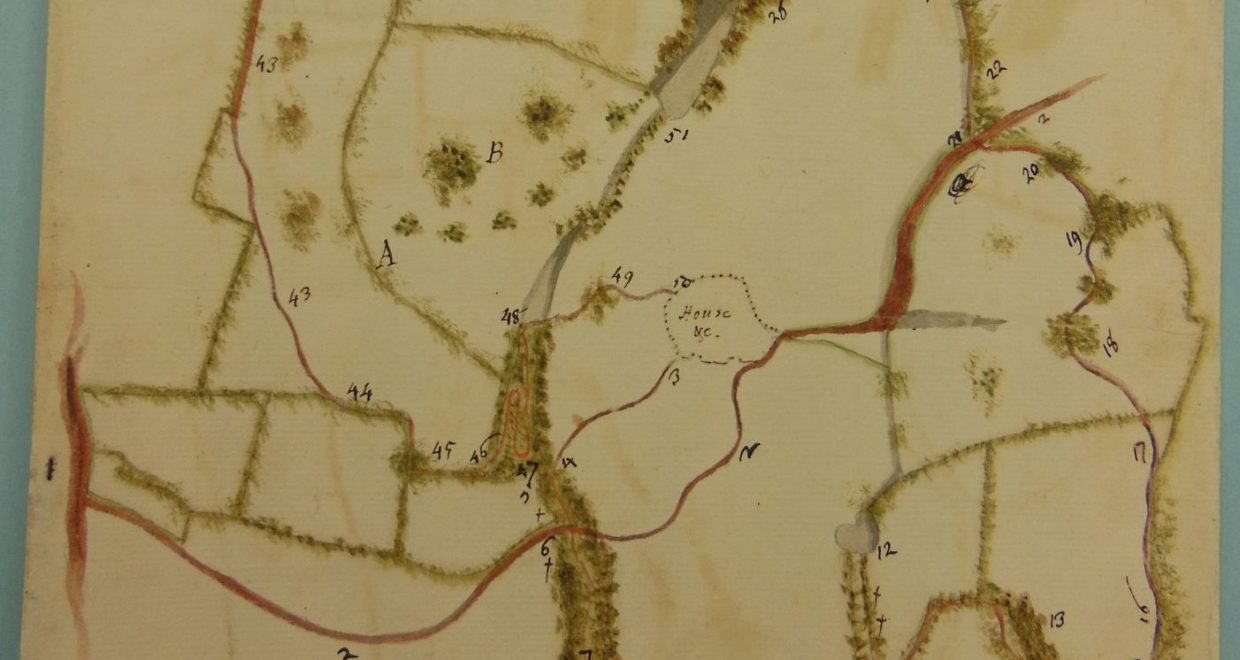Chasing the Eighteenth-Century Literary Coterie through the Archive

Have you ever wondered what will happen to all those stored digital photos that never will be printed out and will therefore never be seen by more than one or two viewers?
If someone finds them on an abandoned hard drive ten years later, will they be of passing interest?
What about the thousands of text messages out of which a complex network of friendships is constructed and maintained? Could the workings of that network be recovered by an outsider scrolling through that endless sequence of texts and tweets?
Do such artifacts have lasting cultural value? If so, how can the stories behind them be reconstructed and told?
These are questions raised by communications that are ephemeral and limited in circulation. The questions become even more complicated when the media forms in which they are inscribed are no longer easily accessible – when they require a floppy disk reader, or a cassette player, or even the dying art of reading cursive script to be communicated, never mind understood or appreciated. Add in a gap of 250 years, and you glimpse the challenge of studying eighteenth-century coteries – that is, social networks held together not only by friendship or kinship, but also by a shared love of writing that they composed, circulated, and discussed in manuscript.
In the 1700s, print truly became the dominant technology for communicating at a distance and across time – by means of everything from fillable forms used by governments and businesses to encyclopaedias bringing together all knowledge in the arts and sciences. But in this story of overwhelming media dominance and its contribution to what we call Enlightenment and Modernity, it is easy to forget the ongoing importance of script – of handwriting.
It was handwritten pages that people used to store important information, maintain relationships with friends and family, entertain them by writing poetry and criticizing the writings of others, and do business from one end of the globe to the other as road networks, postal services, and overseas trade routes developed. Some groups stand out especially for how they valued the art of the witty letter, the poem written to celebrate a special occasion, and the frank discussion of other people’s writing. These groups are what I call literary coteries, and for the past decade I have been reconstructing their stories.

So how do we determine the character, workings, and cultural importance of networks held together by handwriting when these groups didn’t, by definition, leave printed records? My new book, Literary Coteries and the Making of Modern Print Culture, 1740-1790, began with this question. It did start with print – with noticing that there was an awful lot of talk in eighteenth-century books about letters written and lost, manuscripts found in drawers or fished out of fireplaces, and poetry composed for friends.
In fact, many printed novels, travel guides and magazine articles seemed to be trying to be handwritten manuscripts, just as an e-reader might try to create the experience of turning pages, or a website might be “bookmarked.” Handwriting had a kind of prestige that print lacked. And so I proceeded from print representations of manuscript culture to the documents left by that culture itself – watercolour drawings, notebooks full of copied poetry, and above all, carefully preserved collections of letters – to try to determine the rules by which certain coteries played and how they acquired prestige and influence in their culture.
In those letters, I found both quiet private moments and delight in fame. On the one hand, Lady Jemima Grey, as a lonely young married woman, writes to her childhood friend Catherine Talbot from a quiet country-house library, “I am much pleased … that You too are studying Clarendon … Alas! Why should our Eyes travel over the same Pages & yet be at such a distance from One Another’s! Why must we only see the same Words, & not be able to see what we wish so much for – each Other!”
On the other, the Bluestocking hostess Elizabeth Montagu boasts to her friend Elizabeth Carter about being featured in an annual ladies’ diary: “Unless we could all be put into a popular ballad, set to a favourite old English tune, I do not see how we could become more universally celebrated.” Coterie members found ways to spread their fame and preserve it for posterity. Wanting to share his achievements in transforming the family farm into a decorative garden, William Shenstone and his friends compiled watercolour drawings, maps, and copies of the poems that he had carved into alcoves under the trees. And a member of Grey and Talbot’s circle, Lady Mary Capell, carefully copied the group’s witty poems into a notebook that she called her “Sacred Book.”

So I am tremendously fortunate to have received research funding to shiver in the Huntington’s glacial reading room for two or three weeks at a time. But the digital age is gradually making it much easier to access eighteenth-century coterie life. For example, Mary Capell’s notebook is available to database purchasers in a facsimile version, and the watercolour notebook of William Shenstone is accessible to all through the Wellesley College Library website.
In Marxism and Literature, Raymond Williams observes that what appears to be “residual” in a culture “is still active in the cultural process, not only and often not at all as an element of the past, but as an effective element of the present.” Chasing the eighteenth-century coterie through the archive has alerted me to the truth of Williams’ statement. Handwriting in the age of print continued to stimulate literary life, convey prestige, and influence print forms.
So don’t triple-delete those photos and text messages just yet!
Literary Coteries and the Making of Modern Print Culture is available Open Access on Cambridge Core.





